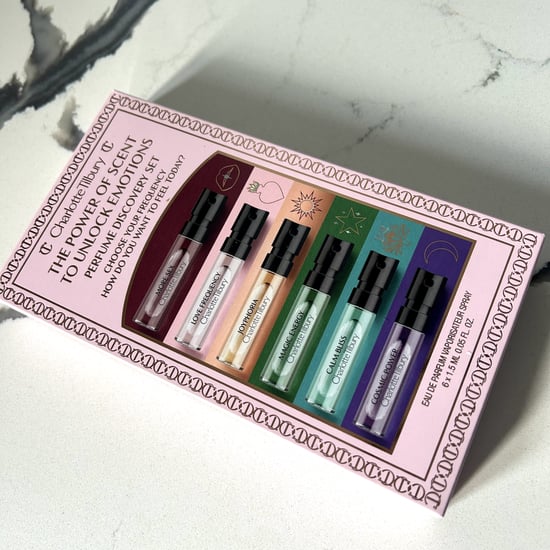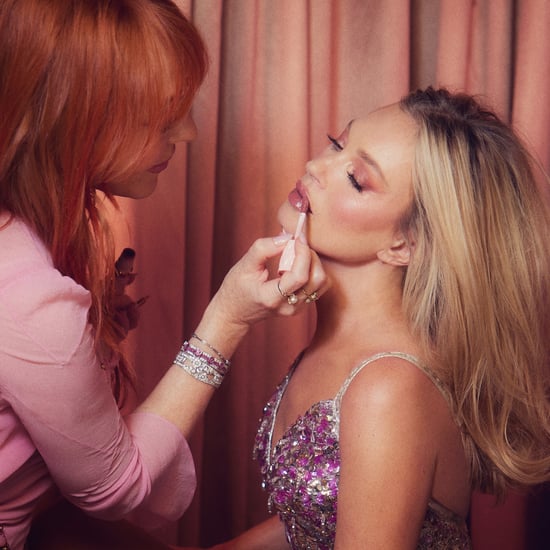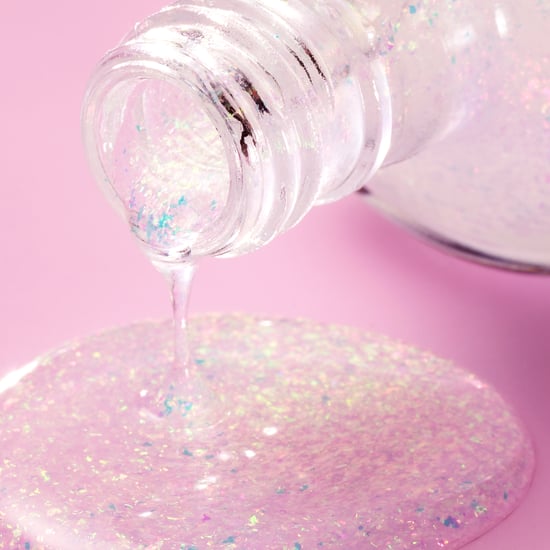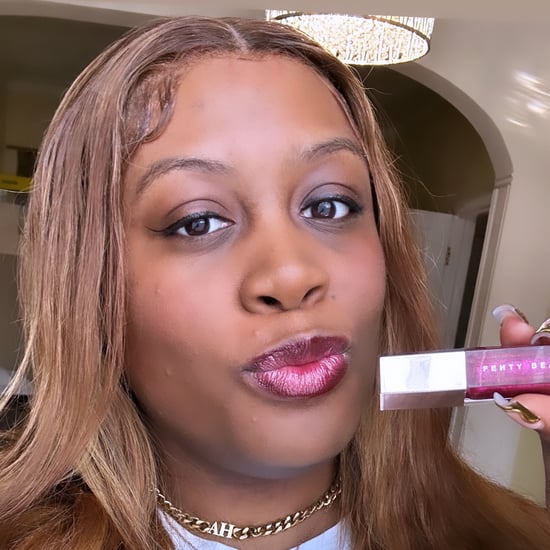Experts Break Down Why Lip Products Get Grainy
Here's Why Your Lip Products Get That Gritty Texture
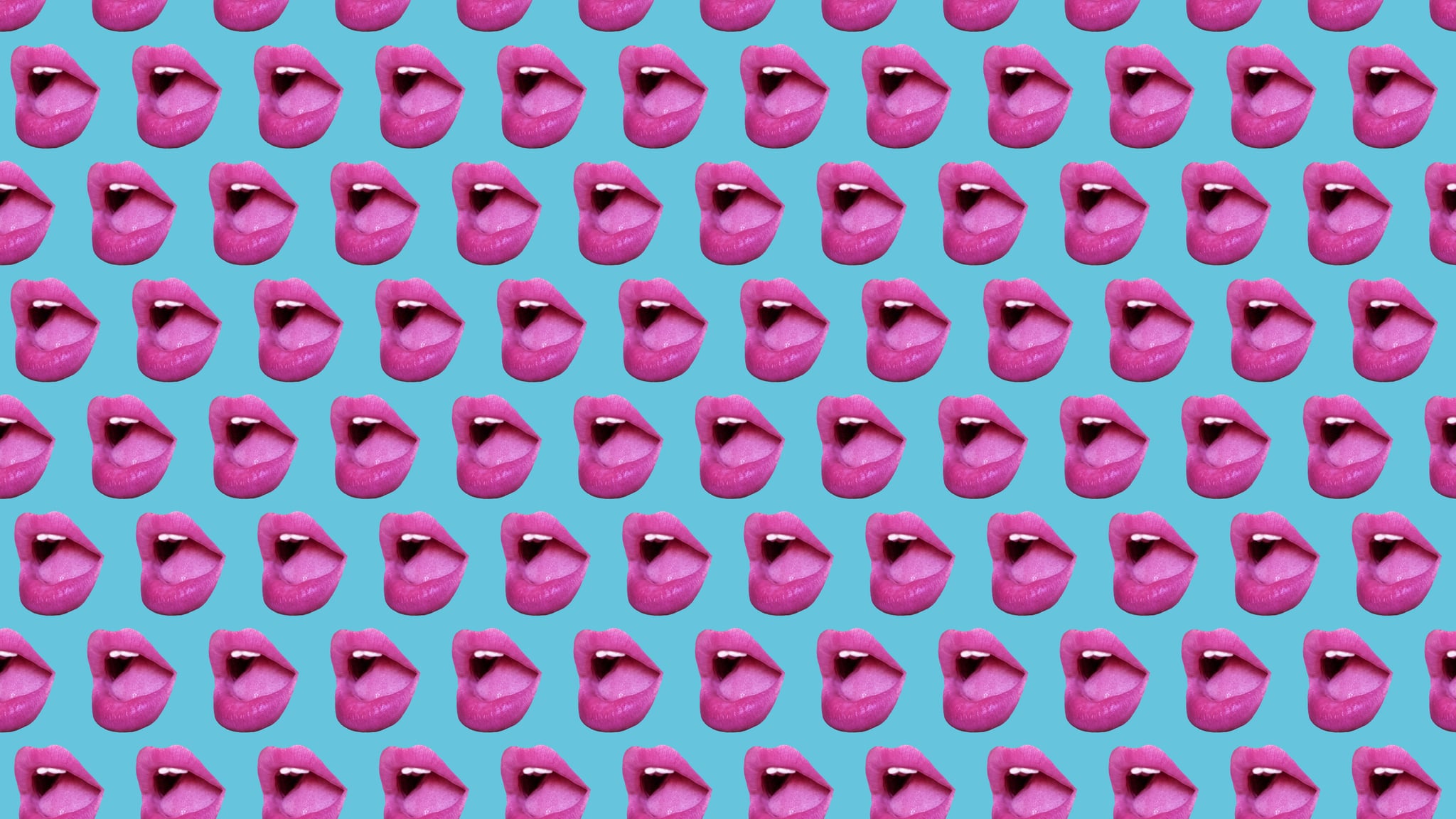
There's nothing worse than purchasing a bunk beauty product. As beauty aficionados, we can confirm that it doesn't happen too often, but when it does, it's a real bummer. Whether it's an eyeshadow palette with little to no pigment payoff, a shampoo that exploded in the mail on its way to you, or an expensive skin-care tool that never turned on after being plugged in, not getting what you paid for always sucks.
We get it: mistakes happen, and sometimes things just don't go as planned. However, lately, we've been noticing a constant issue with one of our favourite lip products: a weird, grainy texture. Things start out fine — the texture is creamy and smooth — then bam! A week or two later, the product goes from silky soft to exfoliating in a bad way. If you also noticed this issue and are curious to find out WTF is going on, we decided to do some research.
Ahead, we chat with three experts to answer all of our questions about grainy lip balm. Keep reading to find out what the potential causes are and whether or not it's safe to continue using the product after it's turned.
Why Is My Lip Balm Grainy?
"One possible cause is the crystallisation of natural ingredients like shea butter, mango butter, or cocoa butter," David Petrillo, cosmetic chemist and founder of Perfect Image, tells POPSUGAR. "If these ingredients crystalize, the lip product can have a grainy texture." This can be, in part, due to temperature fluctuations, like exposure to extreme heat or cold. Natural ingredients like mango butter, cocoa butter, and shea butter have different melting points, so they'll liquify and resolidify at different rates. Moisture exposure can also be a factor. "Lip products that come into contact with water or high humidity can break down and develop a gritty feeling," Petrillo says. The age and shelf life of the product can also contribute to changes in texture over time, as well as what packaging materials are used.
Another reason for this may be the formulation of the product itself. "Improper formulation, [such as] incorrect ratios of ingredients or inadequate mixing, can lead to gritty texture," Petrillo says. So can impurities in ingredients or the addition of incompatible ingredients. Ron Robinson, cosmetic chemist, founder of BeautyStat, and resident chemist for Rhode, also notes that the grainy texture can usually be eliminated in the proper formulation process. "This is something that the manufacturer can control by cooling the formula quickly rather than slow-cooling, which can cause the grittiness to occur," he says.
How to Fix a Grainy Lip Balm
"Consumers can reduce the chances of this issue by storing lip products in a stable, cool environment away from direct sunlight or extreme temperatures," cosmetic chemist Perry Romanowski says. However, he notes that once a product has developed a grainy texture, there isn't much that can be done to reverse it. "[You] can try gently warming the product so the crystals melt and then reform when they cool down, but this doesn't always work," he says.
That said, it's not something Robinson recommends. "This can damage the packaging and formula, as well," he says. He also notes that the grainy texture should go away after the product has been smoothed onto the lips, which is something we've noticed.
Is Grainy Lip Balm Safe to Use?
The good news is that even if the texture of your lip product changes, it's still OK to use. "A gritty or grainy lip product is generally considered safe to use, although it may not provide the desired smooth and comfortable application experience," Petrillo says. "While the texture may be unpleasant, it does not necessarily indicate any harmful effects on the lips or the overall safety of the product."
Romanowski notes that although a gritty texture doesn't make a lip product unsafe, consumers should be on the lookout for other factors, such as changes in colour, smell, or additional texture alterations, which he says could indicate spoilage or contamination.
